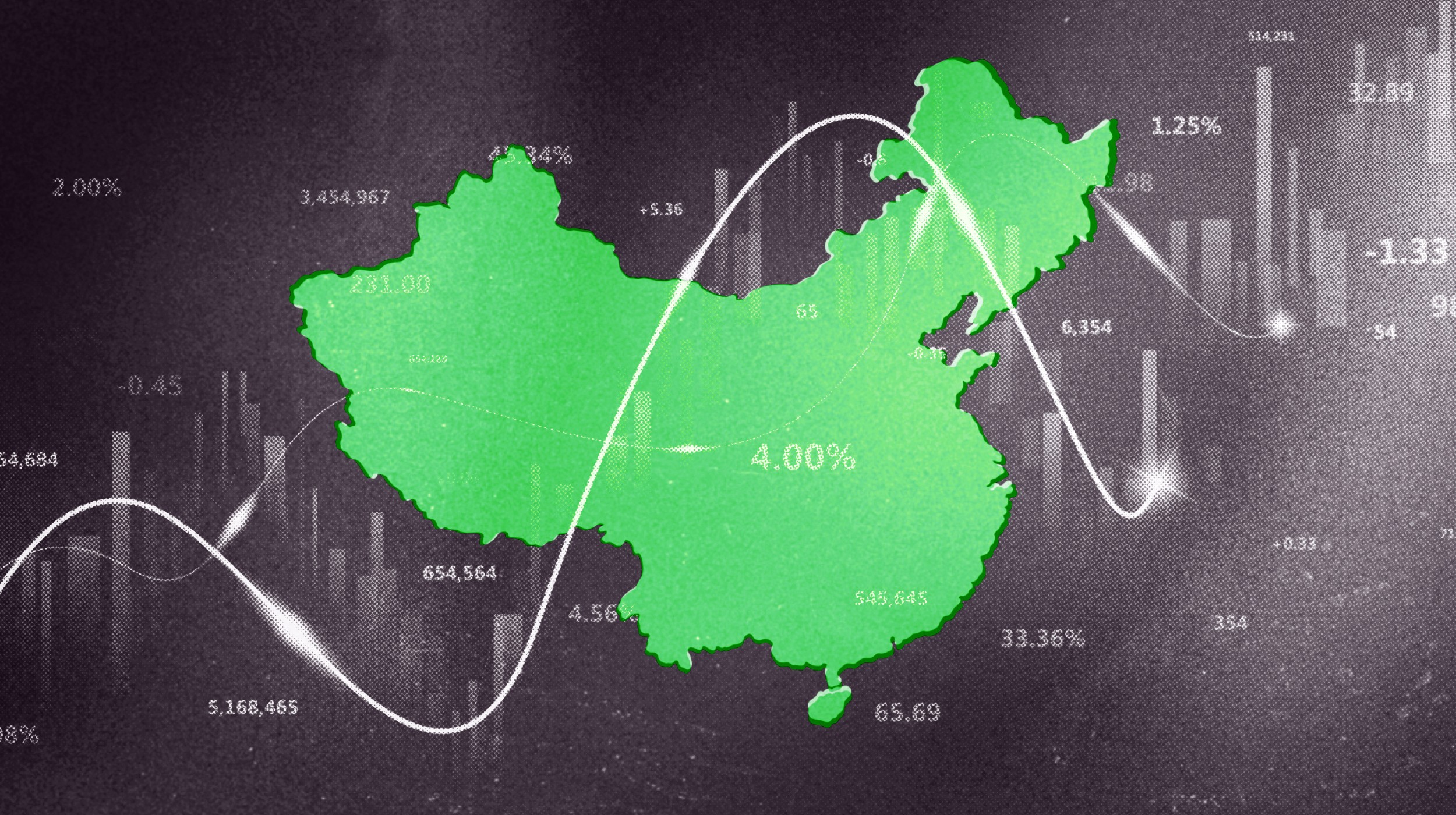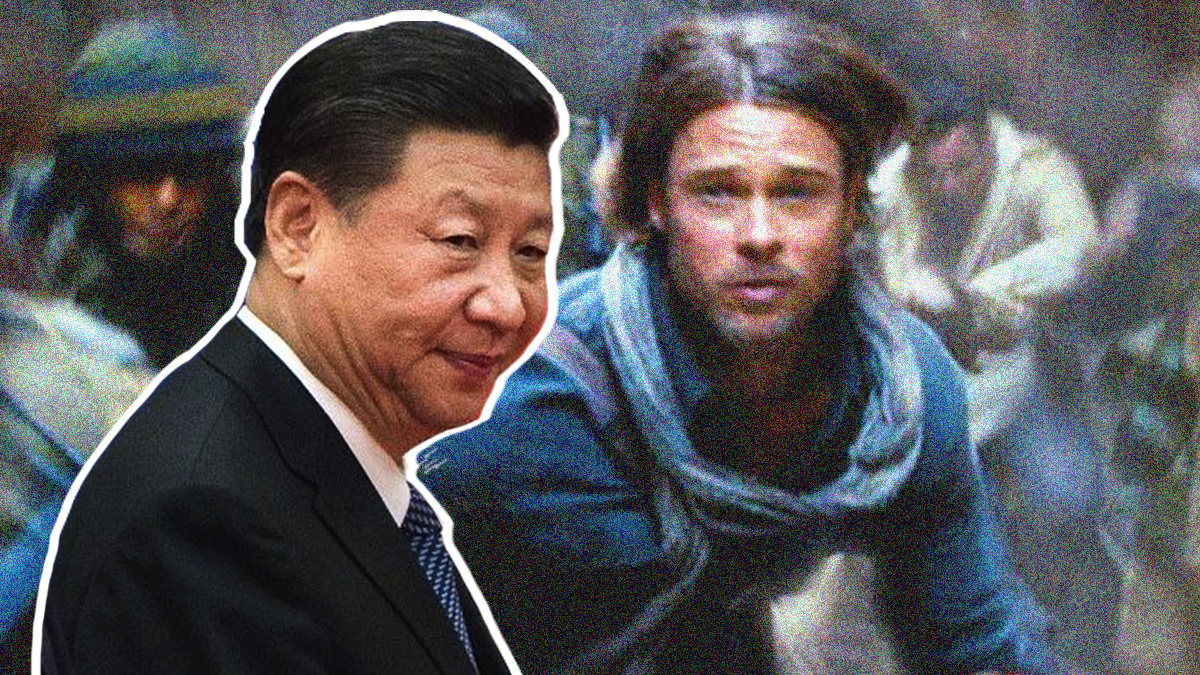Will Chinese Capitalism Replace the Free Market?

Last month, the Shanghai World Expo 2010 attracted just over 73 million visitors during its six-month run, shattering previous Expo attendance records and making it one of the largest events ever staged. This had, of course, been China’s goal all along; it was a matter of national pride and yet another demonstration of China’s waxing might. But as the New York Times reported, China may have forced its own citizens to attend in order to meet its goal. State-run tourist agencies and state corporations handed out free travel vouchers in order to satisfy government-imposed attendance quotas. And if workers did not make the sometimes day-long trip to Shanghai, their wages could be cut.
What better parable than this for China’s model of state capitalism? Since 1978, China has moved away from a command economy towards something resembling the free market. There are still roughly 150 corporations that report directly to the state, especially in industries deemed vital to national security or sustainable development, like oil, cement, timber, and infrastructure. But the vast majority of businesses in China are privately owned. State-owned enterprises (SOEs) comprise just 3.1 percent of the total number of businesses.
But as the World Expo example illustrates, the authoritarian government can step in and disrupt the free market whenever it sees fit and stands to profit. Stefan Halper, a Senior Fellow at the Cambridge Centre of International Studies, explains to Big Think that Beijing has been known to impose quite harsh limitations of businesses if the economy begins to overheat, if there are inflationary pressures, or (in the case of real estate bubbles) if there is an inadequate supply of labor or shifts in demand.
“The strength of this model is that it harnesses the productive and entrepreneurial capacity of the market and, either through joint ownership, joint ventures, or full ownership, it takes the profit and uses it for state priorities,” says Halper. And as a result, China has enjoyed unprecedented 10 percent growth for over a quarter of a century, pulling millions of people out of poverty and creating a thriving middle class.
In light of China’s tremendous success, many in the West worry that its model of market authoritarianism will eclipse America’s model of democratic capitalism. And in many developing countries, this may indeed be the case, says Halper. “China does not have to impose this model on anyone,” he says. “It is admired and envied by millions of people in the world beyond the West. These are countries where there is much greater interest in stability and material well being than having an open public square. One of the basic building blocks of the good life for Americans and westerners has to do with personal freedoms of expression, belief, assembly, and movement, and that is not something which is part of China’s presentation. Nor is it something to which China’s admirers give enormous priority.” It also doesn’t hurt that China is willing to invest billions in infrastructural projects in countries where it wants to exploit natural resources; it has invested $9.3 billion in Africa alone.
As China and its sphere of influence grows, will it pose a viable alternative model to free market capitalism? Especially in the months after the recent economic crisis, proponents of Chinese state capitalism prophesied the end of the American model. Single-party or authoritarian governments can take decisive action to combat recessions and can even minimize bubbles in the first place in ways that the divided U.S. government cannot, they said. But market authoritarianism will not replace the free market in developed countries, says Halper. Free-market capitalism remains the most dynamic and viable economic model. Yet it is clear that, as China and other developing countries become powerful global players, its version of market authoritarianism will greatly impact, if not dominate, the 21st century.
More Resources
— Economist expert debate about the future of the China model




